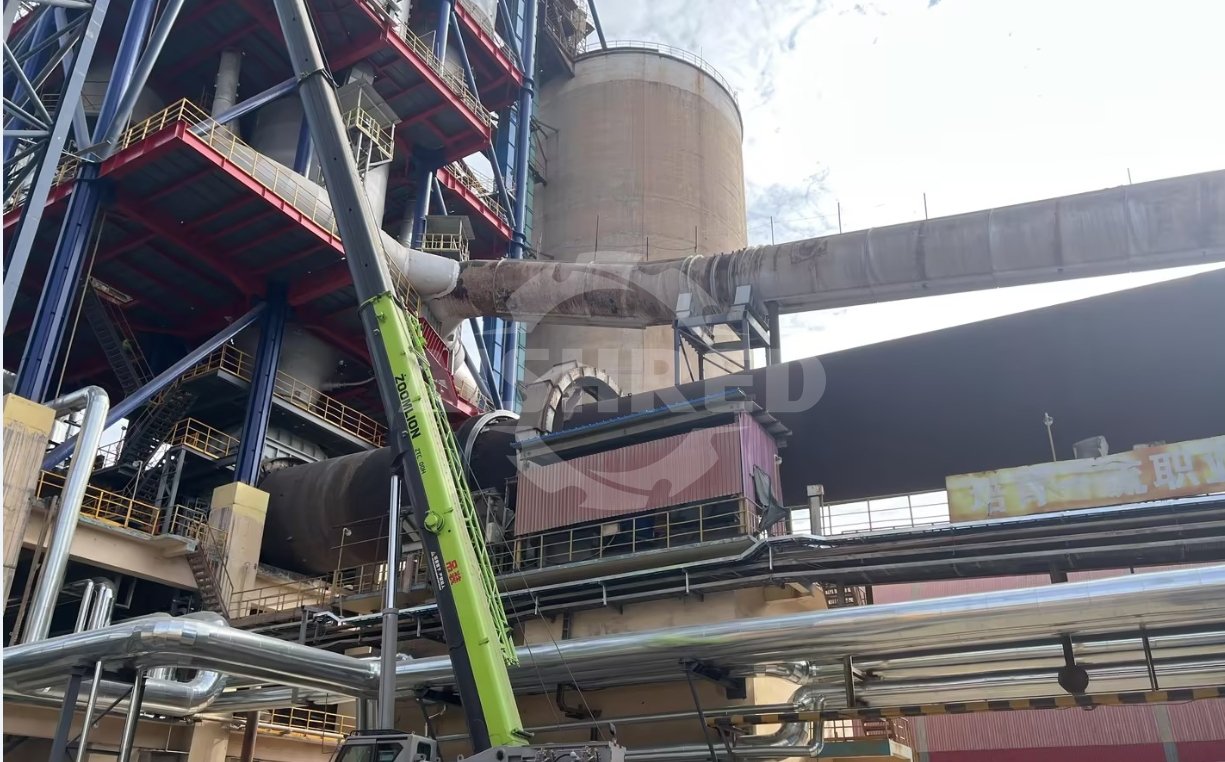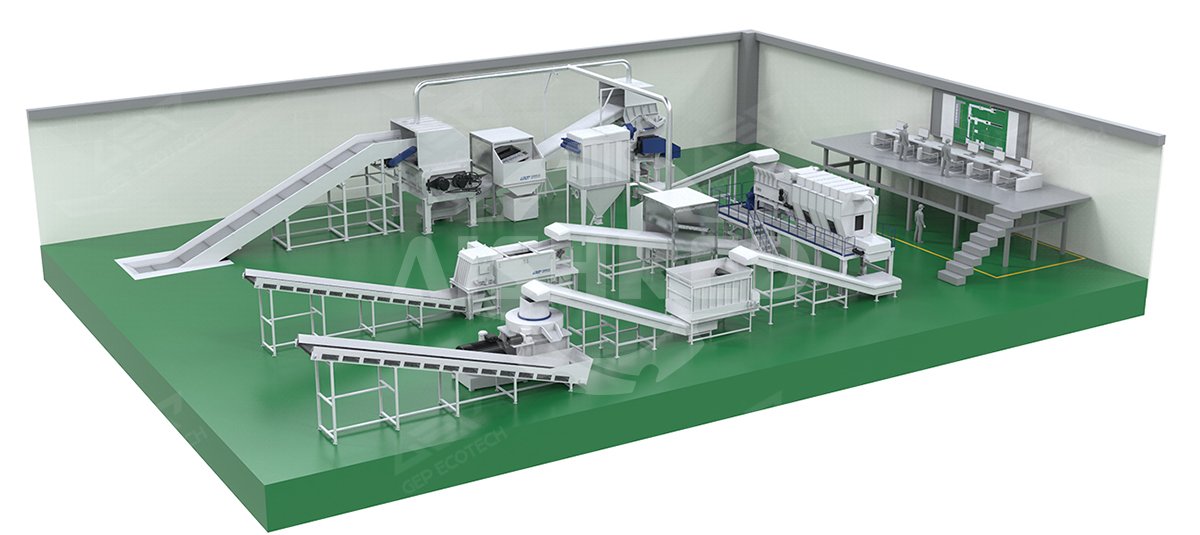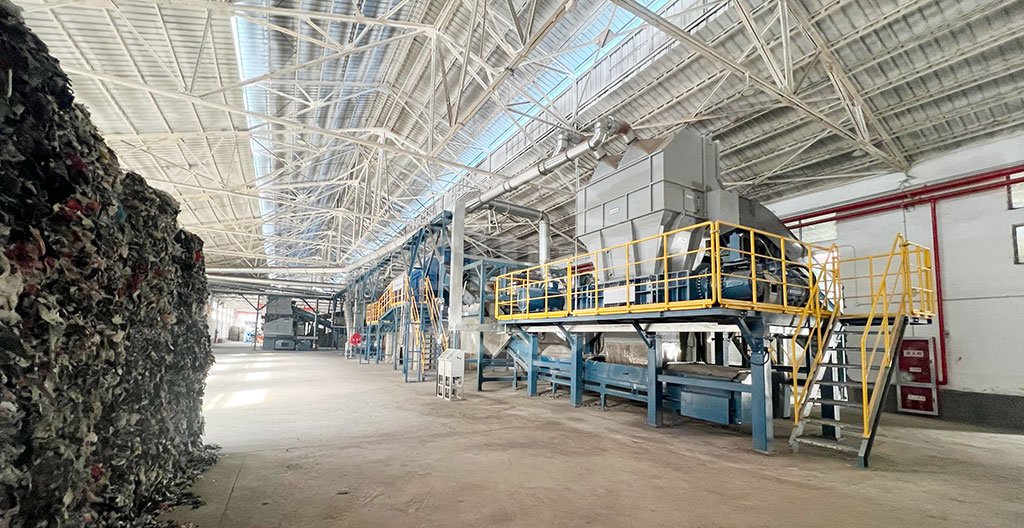Due to the continuing energy cost fluctuations and the discussions on the sustainable protection of resources the cement industry has hardly enabled to reduce its entire energy and power demand as a result of technical optimisation of its cement production.
With the rising energy prices, people have successively used petroleum and coal as the main fuel for cement production. Later, people began to explore the use of waste oil and tires. Nowadays, as people pay more and more attention to reducing carbon emissions, the waste-to-fuel technology has become more and more mature, and many cement kilns have begun to use municipal solid waste or industrial and commercial waste as alternative fuels.

Substituting Coal and Petcoke with Alternative fuels
Coal and petcoke, two of the most carbon-intensive fuels, are typically used to heat cement kilns. The substituting coal with lower-carbon fuels offers the greatest short-term potential to reduce CO2 emissions in the industry.
Most alternative fuels have a lower carbon intensity than coal or petcoke. According to the International Energy Association, these mixed fuels can be 20 to 25% less carbon-intensive than traditional fossil fuels. Using alternatives to coal and petcoke as replacement fuels in a cement kiln can significantly reduce greenhouse gas emissions, and in some cases other air pollutants.
Waste Suitable for Alternative Fuels
The cement manufacturing process requires a well-defined and controllable balance of four major components: calcium, iron, aluminum and silica. The final product must also meet strict building standards. As a result, the manufacturing process must be closely monitored and controlled, with regular testing of fuels, additives and products.
Because of the manufacturing controls required when producing cement, not all materials are suitable for fuel substitution. Suitable fuels are those with a high calorific value, a known and consistent chemical make-up, and predictable availability. The risks and impacts of transporting, unloading and storing fuels are also relevant considerations. And finally, the impact of fuels on clinker production and facility emissions must be assessed.
According to reports from the IEA and the European Commission, typical alternative fuels used by the cement industry include pre-treated industrial and municipal wastes, waste oil, solvents, non-recyclable plastics, textiles and paper residues, as well as biomass such as animal meal, wood chips, waste wood, rice husk, sawdust and sewage sludge. Unrecyclable tires from abandoned dumps have also been used successfully in many jurisdictions. Construction and demolition wastes such as old asphalt shingles, demolition wood and used carpets are also commonly used as lower-carbon alternative fuels.
How to Produce Alternative Fuels
Usually, industrial and commercial waste, rejects from production and fractions of high calorific value are separately or jointly pre-processed while opening and comminution by shredder, if present screened and separated by appropriate devices to remove disruptives, impurities or other harmful constituents.

Industrial Waste Alternative Fuel Production Line Diagram
GEP ECOTECH Alternative Fuels Technology
GEP ECOTECH has mastered the production technology of alternative fuels, and has helped power plants and cement plants to realize alternative fuel production lines. We offer shredding systems based on a variety of waste types to meet the production requirements of alternative fuels. view More:
- Shredder for Pre-processing and Co-processing MSW in the Cement Industry
- Industrial Shredder for Cement Industry
- Shredder Plant for Waste to Energy Processing
- Hazardous Waste Shredding

Pre-processing & Co-processing in Cement Production
Pre-processing refers to preparing waste to make it suitable for co-processing in cement kilns. Waste is converted from an unwanted discarded material into a useful resource, so-called Alternative Fuel and Raw Materials (AFR).
Co-processing refers to using AFR in the cement production process at suitable feed-in points in a controlled manner, where it burns as fuel and provides raw material. This enables substitution of primary fuels (coal, petroleum coke, and natural gas) and raw materials, recovering energy from the waste and recycling its mineral content. Only qualified waste materials may be used for this process.
Implications for Waste Management System
Pre- and co-processing represent a structural contribution to the improvement of waste management in low- and middle-income countries by providing an important waste management solution and at the same time reducing the incidence of open burning, marine littering and disposal at uncontrolled dumpsites. The use of pre- and co-processing can support waste management, substitute fossil fuels and primary raw materials in cement production, and eliminate harmful, hazardous substances from the circular economy.
Often waste fractions suitable for closed-loop recycling are separated at source or sorting stations after waste collection in most industrialized countries, however, in other countries the waste fractions with a market value suitable for closedloop recycling are more often separated by informal waste pickers (e.g.PET). Only very few waste types can go directly into the cement plant for co-processing without further treatment. All other wastes suitable for co-processing must first be transferred to dedicated pre-processing facilities where they can be transformed into AFR.

